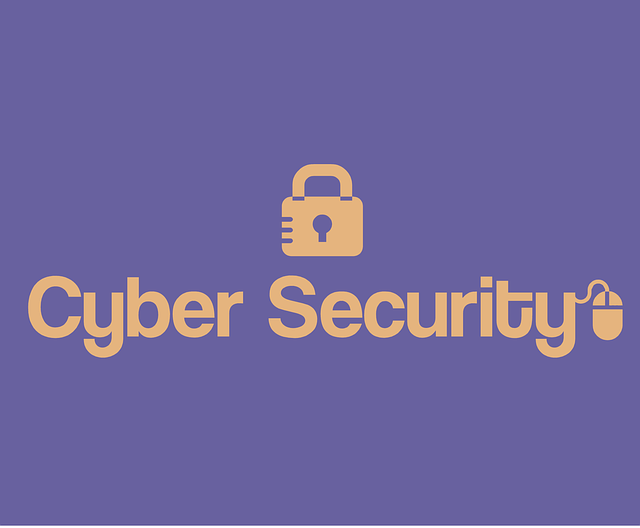The Rumsfeld Matrix as an effective tool in the decision-making process
During a briefing on the Iraq War, Donald Rumsfeld divided information into 4 categories: known known, known unknown, unknown known, unknown unknown. ...

Today we have almost unlimited possibilities for working with data, including their processing, storage and exchange between users. However, this raises the issue of cybersecurity.
Cybersecurity is an important part of any organization workflow. Its main goal is to protect all data categories (confidential data, corporate data, personal information, medical information, intellectual property, government and industry information systems etc.) from leakage and damage. The absence of a corporate cybersecurity project leads to an inability to withstand data leakage.
The modern world, each of us and society is highly dependent on technology, and this dependence will continue. Every modern company regardless of size depends on computer systems. The constantly growing number of users, devices, programs, the increasing data flow including secret or confidential data is of interest to cybercriminals. Global connectivity and cloud services usage to store sensitive data and personal information, misconfiguration, and sophisticated cybercriminal methods increase the risk of cyberattacks.
Maintaining cybersecurity in an ever-changing threat landscape is a top priority for all organizations. The use of ready-made solutions (antivirus software, firewall) cannot provide 100% protection, which confirms the relevance of creating a corporate cybersecurity system.
What is cyber security?
Cybersecurity is the process of protecting Internet-connected computer systems, networks, devices, and programs from any type of cyberattack, and recovering from any type of cyberattack. This practice is used by both individuals and legal entities to protect against unauthorized access to data centers and other computerized systems. Cyberattacks now pose a greater threat to data as cybercriminals bypass traditional data protections using new methods of infiltrating the system based on the use of social psychology and artificial intelligence.
A cybersecurity strategy can provide strong protection against attacks that are aimed at gaining access, changing, deleting, destroying or extorting confidential data of companies, organizations or individual users. Also, cybersecurity is able to prevent attacks aimed at shutting down or disrupting of operation systems and devices.
Governments around the world pay great attention to cybercrime. An example is the GDPR, which required organizations operating in the EU to report data breaches, appoint a data protection officer, require user consent to process information, and anonymize data for privacy. In the US, data breach laws are in place in all 50 states. Basic requirements: notify the victims as soon as possible, notify the government, pay a fine.
Elements of cybersecurity
The cybersecurity system can be divided into subsections, the internal coordination of which is critical to the entire cybersecurity system. Such subsections include:
Benefits of cybersecurity